Here’s an excerpt from our brand new book, The Rookie’s Guide to Guns and Shooting, Handgun Edition. It’s the second in the Insanely Practical Guide Series…
Single-action is a pretty simple concept. And it has nothing to do with online dating sites, chance encounters at the laundromat or a night on the town with two wild and crazy guys.
When a handgun is single-action, whether it’s a pistol or revolver, it does one thing, or action, when you pull the trigger. The descriptor, single-action, must be entirely coincidental right?
While I’m sure there’s an exception out there, in most cases, pressing the trigger of a single-action gun will release a hammer or striking contraption of sorts, allowing it to strike a firing pin that whacks the back of a cartridge and ignites it. So, pressing the trigger does one action – which results in firing the gun.
Here’s where it gets tricky. Some single-action guns need to be manually cocked between each shot. Perhaps the best example of this is the traditional cowboy six gun, or single-action revolver. The shooter must “cock the hammer” to prepare it for the single-action release by a trigger press. In old western movies, this is done really fast – sometimes with the shooter smacking the hammer with one hand while holding the trigger down with the other.
Hammer [ham-er]
– Noun
- The part of a firearm designed to provide energy to the firing pin in order to strike the primer of a cartridge. Some hammers, such as those on older revolvers, have the firing pin attached to the hammer and directly impact the primer. Others, generally on more modern designs, impact a transfer bar or mechanism to provide energy to the firing pin. The hammer of a gun does not have to be exposed or visible. For example, the Smith and Wesson 642 revolver and M1 Garand semi-automatic rifle both have internal hammers.
- Easily confused with similar terms. For example, Hammer Time is not an appropriate usage in the context of guns. Unless you got slick moves and a pair of parachute pants capable of providing wind power for San Francisco or maybe smuggling dozens of illegal immigrants across the border. Otherwise, you can’t touch this.
Important Safety Tip: While it’s OK to cock your hammer, don’t ever hammer your… Ummm. Never mind.
However, just because a gun is single-action does not mean it has to be manually cocked between each shot. Some single-action designs, like the 1911 pistol, are cocked for the first shot. Each subsequent shot uses the recoil action to automatically cock the hammer for the next shot. Since the trigger still does only one thing, release the hammer, these guns are still considered single-actions.
So what’s the big deal about single-action handguns?
Generally speaking – again, I’ll bet a nickel someone will find an exception – single-action guns have relatively light triggers since the trigger only serves to release the hammer. That doesn’t take a lot of pressure. A light trigger pull makes for a gun that is easier to shoot accurately. It’s not technically more accurate, just easier to shoot accurately. This is because the force of your finger is less likely to pull the sights off target. If it takes 8 pounds of pressure to press the trigger, and the gun only weighs 2 pounds, then the shooter really has to concentrate to keep that gun perfectly still during a trigger press. On the other hand, if the trigger press requires 2 pounds, and the gun weighs 3 pounds, then the shooter is less likely to pull the gun off target while pressing the trigger.
So, all of that is a fancy way of saying that many folks like single-action guns because they can be easy to shoot accurately.
There’s a lot more to consider when deciding whether to use a single-action gun, so for now, let’s just stick to the definitions. We’ll talk about pros and cons later in the book.





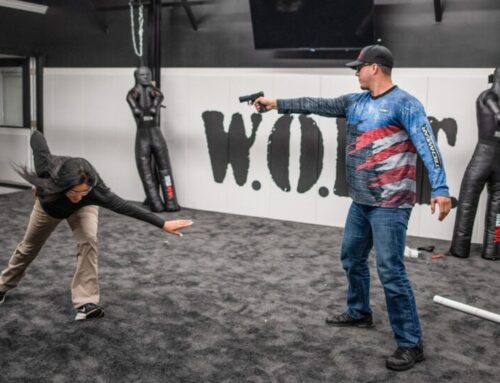
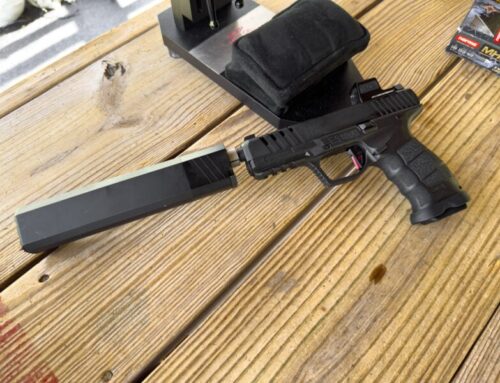
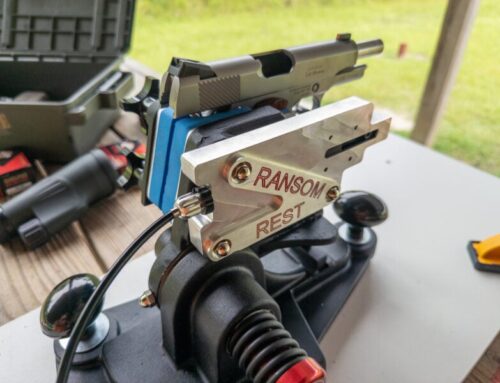
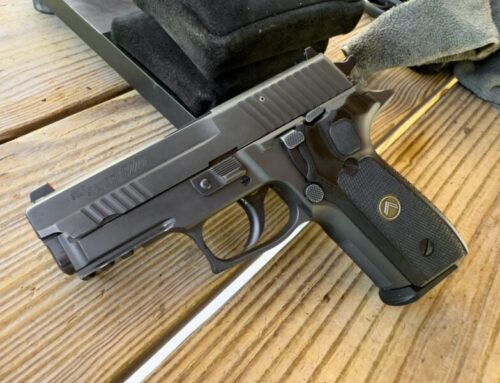
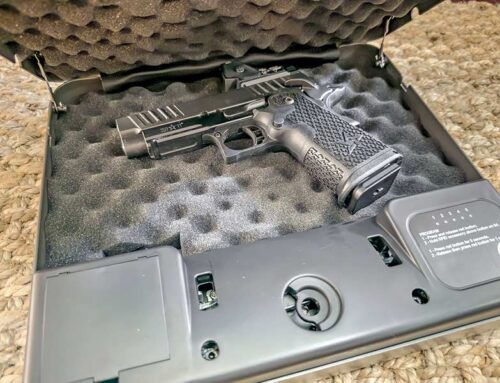
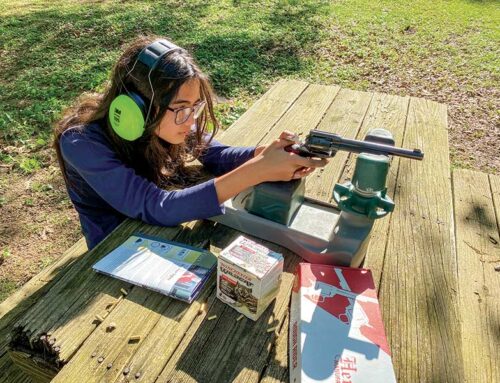
Leave A Comment